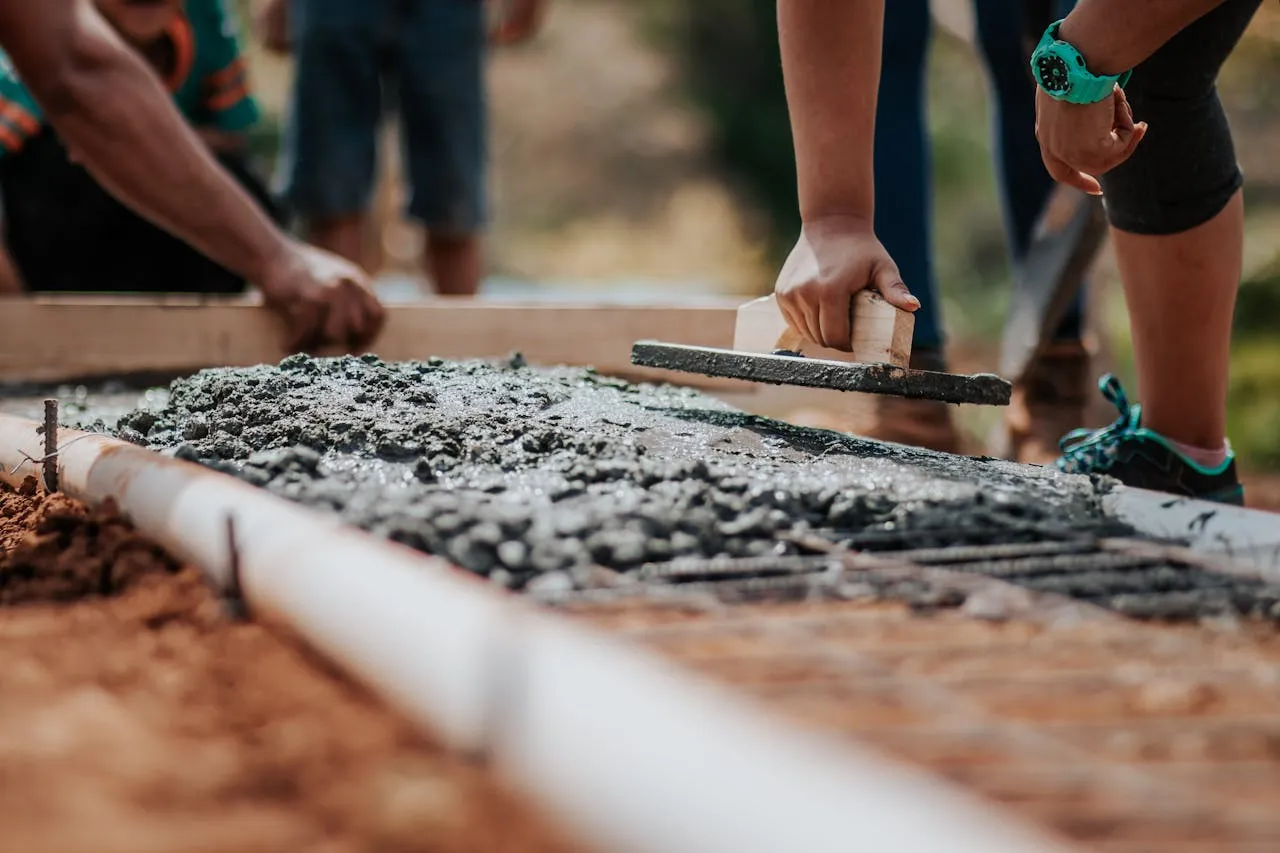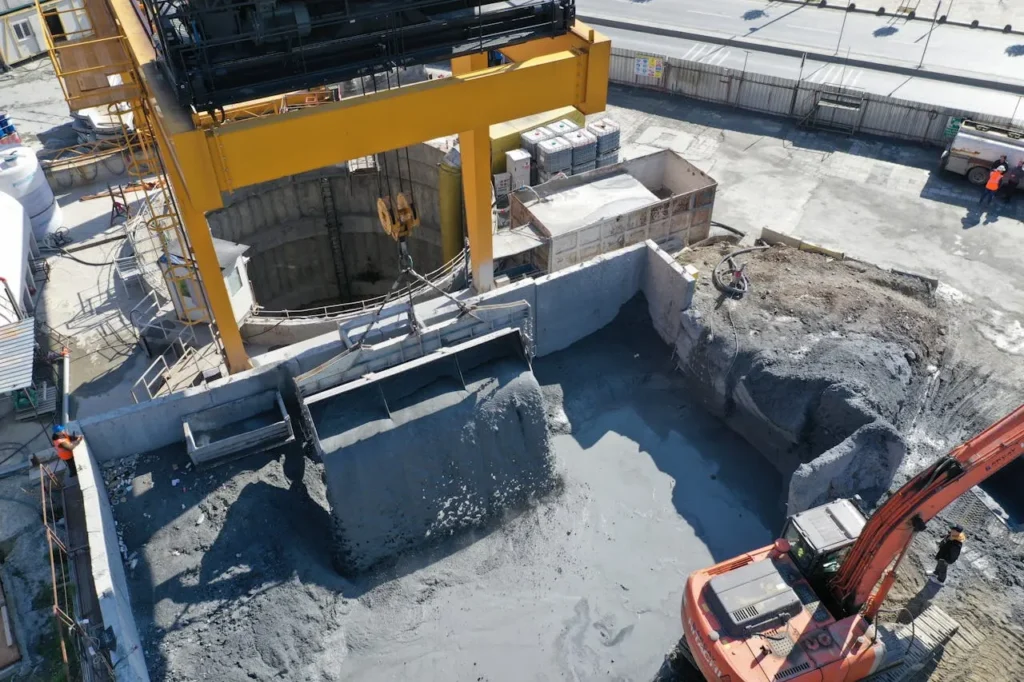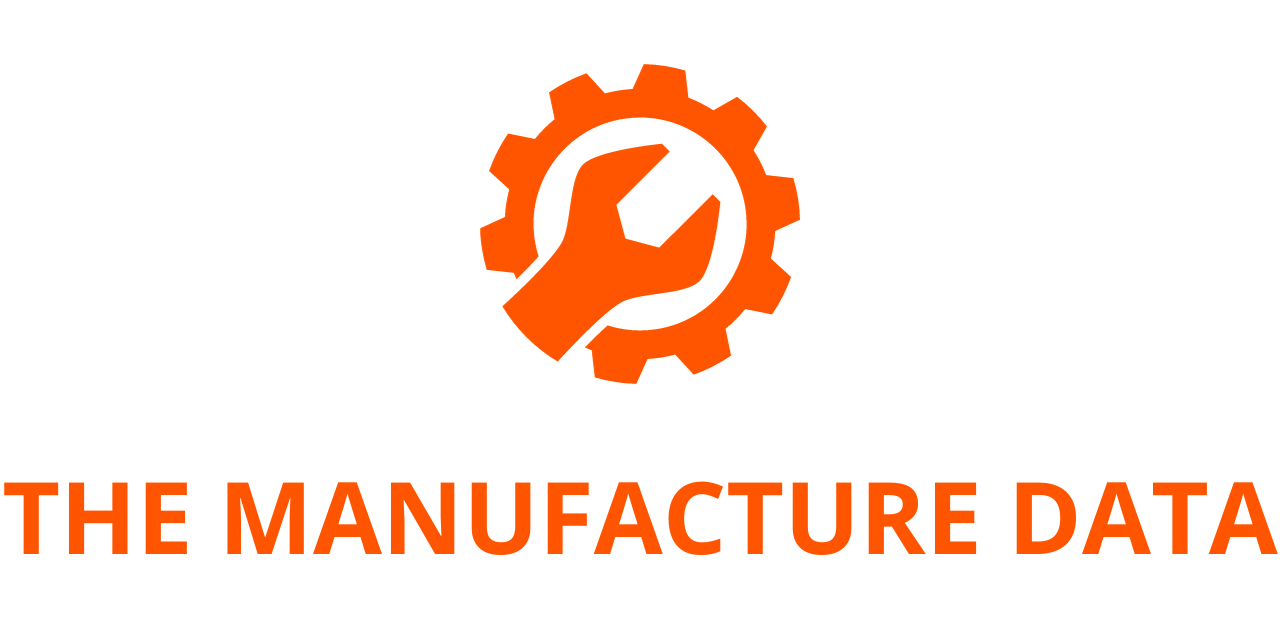
Launch of the World’s First Low Carbon Ratings System for Cement and Concrete: A New Era for Sustainable Construction
The Global Cement and Concrete Association (GCCA) has recently unveiled a pioneering initiative aimed at accelerating the transition to more sustainable construction practices. This groundbreaking development is the launch of the Low Carbon Ratings (LCR) system for cement and concrete, the first global, transparent, and consistent rating system that allows stakeholders to assess construction materials based on their carbon footprints. This ratings system, which uses an intuitive scale ranging from AA to G, is designed to support better decision-making and help industry professionals select materials that align with sustainability goals.
The LCR system draws inspiration from globally recognized energy rating systems such as the European Union’s Energy Performance Certificates (EPC) and the U.S. Home Energy Rating System (HERS). Just as these systems revolutionized energy efficiency in homes and buildings, the LCR system offers the construction industry a clear, adaptable, and transparent method for assessing the environmental impact of cement and concrete products. It provides builders, architects, planners, governments, and consumers with the tools needed to make informed, sustainable choices when selecting materials for construction projects worldwide.
Thomas Guillot, Chief Executive of the GCCA, emphasized the critical role cement and concrete play in modern society, stating, “Cement and concrete are the foundations of modern life—present in the buildings we live and work in, the roads we travel, and the infrastructure that supports clean water and green energy. As global demand for sustainable construction grows, the need for greater transparency around the carbon footprint of construction materials is more critical than ever.”
He continued, “Our Low Carbon Ratings system supports more sustainable procurement practices and will empower the entire value chain to accelerate decarbonisation.”
A Global Standard for Carbon Transparency
The launch of the LCR system is a crucial step forward in the construction industry’s efforts to reduce its environmental impact. Cement and concrete account for a significant portion of global carbon emissions, with the production of these materials being one of the largest contributors to greenhouse gas emissions worldwide. As a result, adopting a uniform system for evaluating and reducing the carbon footprint of these materials is of paramount importance.
The Low Carbon Ratings system is designed to be simple and easily recognizable. It uses a straightforward visual graphic that clearly indicates a product’s carbon rating, making it easier for decision-makers to prioritize sustainable options in their projects. The ratings range from AA (lowest carbon emissions) to G (highest carbon emissions), providing a clear and intuitive framework for comparison.
One of the most significant advantages of the LCR system is its adaptability. While the ratings provide a global standard, the system can be tailored to accommodate local carbon accounting practices, allowing countries to adopt the ratings as they are or modify them to suit regional norms. This flexibility ensures that the system can be seamlessly integrated into different regulatory environments, promoting widespread adoption across international markets.
Riccardo Savigliano, Chief of the Energy Systems and Decarbonization Unit at the United Nations Industrial Development Organization (UNIDO), lauded the system’s potential to harmonize global definitions for low-emission cement and concrete. He remarked, “This is a huge step forward towards harmonizing global definitions for low-emission cement and concrete in the support of decarbonization.”
Industry Leaders Back the Initiative
The LCR system’s launch comes at a time when the construction industry is already witnessing a growing shift towards lower carbon cement and concrete in major construction projects. From large-scale infrastructure developments to residential buildings, a growing number of projects are demonstrating the feasibility and benefits of using more sustainable building materials.

Marlène Dance, a Decarbonization & Sustainable Design Expert at Bouygues Bâtiment International, highlighted the potential of the new ratings system to drive change across the industry. “We believe a globally consistent carbon rating system—adopted by all countries and used by all concrete suppliers—would be a game changer,” she said. “We see great value in a simple, user-friendly tool, tailored for construction teams. It will help empower our site crews to better understand and manage the carbon footprint of the concrete they use.”
By providing a simple, intuitive way for construction professionals to evaluate and select materials based on their environmental impact, the LCR system is set to become a key tool in reducing carbon emissions across the sector. The system’s ability to clearly communicate the environmental benefits of low-carbon materials will encourage more widespread adoption of sustainable practices in construction.
Empowering Policymakers and the Private Sector
Governments, policymakers, and the private sector have a critical role to play in promoting the adoption of sustainable materials. The introduction of the LCR system provides these stakeholders with the means to prioritize lower-carbon cement and concrete options in their procurement processes. By incorporating carbon ratings into decision-making, public and private organizations can stimulate greater demand for sustainable building materials, which will, in turn, incentivize manufacturers to continue innovating and improving the carbon performance of their products.
Mr. Guillot emphasized the importance of this systemic shift, saying, “With this rating system in place, governments, policymakers, and the private sector can now prioritize lower-carbon cement and concrete in the procurement process, which will in turn further stimulate the industry’s focus on decarbonizing these essential building materials.”
A Roadmap for Decarbonizing the Construction Industry
The launch of the Low Carbon Ratings system is not just a momentary milestone; it marks the beginning of a long-term commitment to decarbonizing the construction industry. As the demand for sustainable construction continues to rise, the need for transparent, reliable, and easy-to-use tools like the LCR system will only become more pressing.
The global adoption of the LCR system will foster a culture of transparency and accountability within the cement and concrete sectors. By enabling stakeholders to make informed decisions based on accurate carbon data, the system has the potential to significantly reduce emissions across the industry. This shift towards transparency will also drive innovation in material production, as manufacturers are increasingly incentivized to lower the carbon footprint of their products in response to consumer demand.
The LCR system is part of a broader trend in the construction industry toward greater sustainability. With increasing pressure from both governments and consumers to reduce carbon emissions, the industry is being forced to rethink traditional approaches to construction. From adopting energy-efficient building designs to prioritizing low-carbon materials, the construction sector is undergoing a transformation that will help meet global sustainability goals.
The Future of Sustainable Construction
As the LCR system gains traction in the coming months and years, its impact will be felt across the entire value chain. From manufacturers to builders, architects, and consumers, everyone will have the tools they need to make more sustainable choices. With a clear and accessible way to evaluate the environmental impact of cement and concrete, the industry will be better equipped to meet the challenge of decarbonization.
The launch of the Low Carbon Ratings system represents a turning point for the construction industry. It is a bold step forward in the global effort to reduce carbon emissions and promote sustainable building practices. As more stakeholders embrace the system and prioritize low-carbon options, the impact of this initiative will ripple throughout the entire supply chain, ultimately helping to create a more sustainable and resilient built environment for future generations.
In the years to come, the LCR system will serve as a model for other industries seeking to reduce their carbon footprints and improve sustainability practices. Just as the energy rating systems revolutionized building energy efficiency, the LCR system has the potential to reshape the way we think about and use construction materials.
As the world’s first transparent, global rating system for cement and concrete, the LCR system is setting the stage for a more sustainable future. And as the construction industry continues to evolve, this new tool will help guide its transition toward a lower-carbon, more sustainable way of building.




